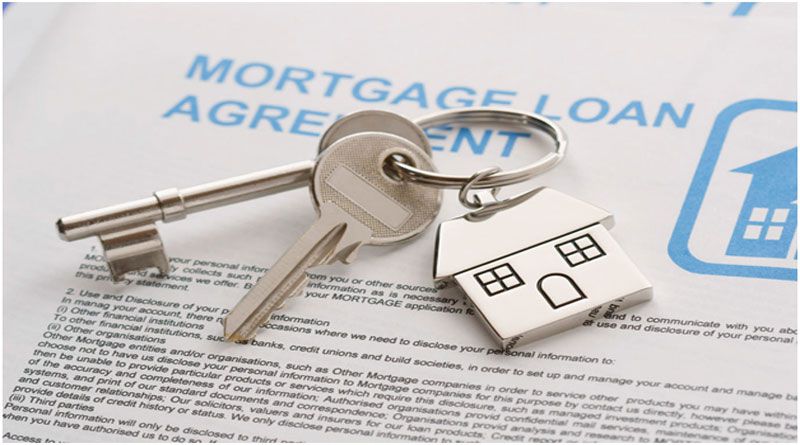You and your family had enough of paying monthly rents and decided that it was time to get your own house. However, being able to set aside a certain amount for a monthly rent doesn’t automatically mean that you will have no problem paying installments or that you will know how to go about them.
If you are a first-time home buyer without much background in the world of finance, you are bound to feel utterly lost. Taking out a mortgage will most probably be the biggest financial commitment of your life so it is reasonable to spend as much time as you need weighing the options and calculating interest rates. With that in mind, here is a kit to help you survive the financial ordeals so you can start enjoying your home as soon as possible.
Study your savings in detail
If you are considering taking out a mortgage, chances are you don’t have enough nest egg to pay for the house in its entirety. You might have saved up enough for you to combine mortgage and savings but be that as it may, to know the real state of your finances, you need to expect them thoroughly. Also, don’t forget to take into account any expenditure that hasn’t been charged yet, but will soon.
However, the crucial reason behind knowing the exact amount is that you need to have around 20 percent of the purchase price saved up for a down payment. To reach that sum, you might have to reconsider the lifestyle you have been leading and to reduce some expenses. And naturally, it would be best not to plan any other major purchases in the next period because that money could find a better purpose in assuring you a beautiful home.

Obtain comprehensive home insurance
The connection between home insurance and mortgage may not be visible at first glance, especially for a novice in the real estate world but it would present itself on its own when you apply for a mortgage. Since careful planning is the key to purchasing your dream home, it is essential to know in advance that mortgage lenders require homeowners to have home insurance. The reason behind it is quite simple – they want to make sure that you will be able to repay your mortgage even if the house suffers catastrophic damage. The list of things that a home cover insures your property against can be quite extensive and it includes theft, fire, earthquake, explosion, riot, storm, and flood. Pet owners can also add covering vet fees as an extra in case their pet gets accidentally injured. All things considered, it is best to take care of the home cover before you apply for a mortgage.
Know your credit score thoroughly
Besides having enough savings for the down payment, you need to re-examine your credit score. You can check your eligibility in the eyes of different money-lending sources via free apps and that credit score will provide them with an unbiased image regarding the state of your finances. Once you check your credit score, you will then know if anything could be improved to enhance the score and become a less risky borrower.
For example, to boost your score you might need to return some debts or correct some information that might be wrong. Also, it would be best not to open or close any credit accounts around two years before applying for a mortgage. Besides your credit score, lenders will be looking into monthly expenses and income, as well we the bank statements. All in all, it is best to prepare in advance so you would have time to improve certain elements. Also, as a first time home buyer, the quickest and easy way to get through this without even thinking about your credit score is to apply for a usda mortgage. This type of mortgage allows you to finance the entire cost of your new house without requiring a down payment.
Set up a long-term depreciation plan
Although the word might sound ominous, depreciation is a procedure you will love as soon as you understand it. Essentially, what you do is deduct the cost of an asset you purchased for your small business and you do it in parts throughout a period. A depreciation plan and knowing how to file depreciation are tools to give you more control over your finances by planning the amount that is written off each year.
For instance, one of the simplest ways to calculate the amount to be written off is with the help of the useful life of an asset, salvage value and the original asset cost. The useful life is the time the asset will be used before it becomes unusable, while the salvage value is the estimated resale value of an asset at the end of its useful life. If you deduct the salvage value from the asset cost and divide that amount with the useful life period, the result represents the amount you will be writing off during the years reflected in the useful life.
Managing finances can feel like a game of chess where you are a beginner and your opponent a world champion. You have to calculate every move, think in advance and make sure that every move you make is favorable for you in the long run. However, if you prepare your down payment and home insurance on time, as well as tweak your credit score and analyze your depreciation options, you will move into your dream home in no time.

Namaste UI collaborates closely with clients to develop tailored guest posting strategies that align with their unique goals and target audiences. Their commitment to delivering high-quality, niche-specific content ensures that each guest post not only meets but exceeds the expectations of both clients and the hosting platforms. Connect with us on social media for the latest updates on guest posting trends, outreach strategies, and digital marketing tips. For any types of guest posting services, contact us on info[at]namasteui.com.

